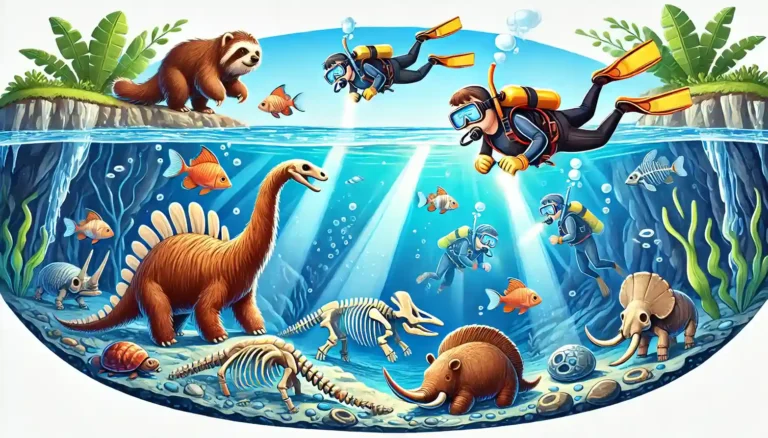
Source: Aalto University
Imagine a material that can heal itself just like human skin! Scientists have now created a special gel that not only stretches and bends like our skin but also repairs itself after being cut. This incredible breakthrough could change the way we develop medical treatments, artificial skin, and even robotic technology.
A Breakthrough in Materials Science
Gels are all around us—from hair products to jelly-like foods. But our skin has special qualities that no artificial material has been able to fully match. Human skin is tough yet flexible, and when it gets injured, it heals itself in about a day. Until now, scientists have struggled to create a material that has both strength and self-healing powers.
A research team from Aalto University in Finland and the University of Bayreuth in Germany has finally cracked the code! They designed a new type of hydrogel (a gel-like material that holds water) that is strong, flexible, and can heal itself when damaged. This marks the first time a material like this has been successfully created.
The Science Behind the Super Gel
The key to this amazing gel lies in the way it is made. Scientists added extremely thin nanosheets of clay to the hydrogel, giving it a unique structure. Inside, tiny polymer chains (long molecules) get tangled up between the nanosheets, making the material both strong and elastic.
The process of making the gel is surprisingly simple. Scientists mixed a special powder with water and nanosheets, then exposed it to UV light—similar to how gel nail polish hardens under a UV lamp. The light caused the molecules to bond together, turning the liquid mixture into a solid gel.
And the best part? If the gel is cut or damaged, the tangled polymer chains start to reconnect—just like healing skin! Within four hours, the material is 80–90% healed, and after 24 hours, it is fully repaired.
A Gel as Strong as Human Skin
With 10,000 layers of nanosheets packed into just one millimeter of the gel, this material is as tough and stretchy as real human skin. Scientists say that it could open up new possibilities in many fields, from medicine to robotics.
Real-World Uses for the Super Gel
This discovery could change the way we make artificial skin for medical use, allowing doctors to create materials that can repair themselves just like human tissue. It could also lead to self-healing sensors in soft robotics, helping robots recover from damage on their own.
“Imagine robots with skin that heals itself or medical devices that repair damage without needing replacement!” says Olli Ikkala, a researcher from Aalto University.
Although more work is needed before we see these materials in everyday life, this research is a huge step forward in material science. By looking at how nature works, scientists are finding smarter ways to create new materials that could change the world!
This research was led by Dr. Hang Zhang, Prof. Olli Ikkala, and Prof. Josef Breu, with synthetic clay nanosheets designed and manufactured at the University of Bayreuth in Germany. The study was published in the journal Nature Materials on March 7, 2025.






